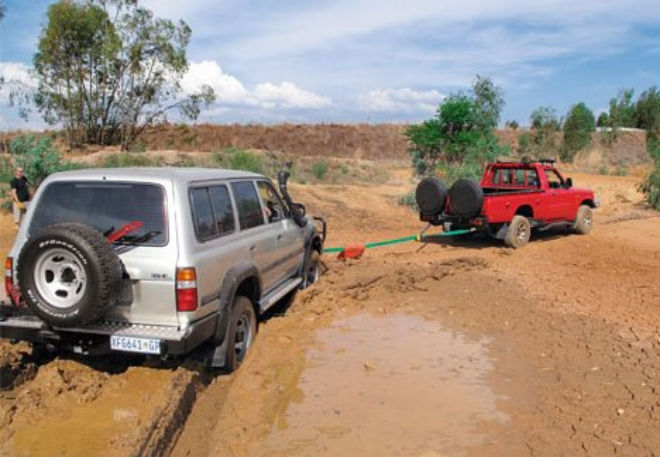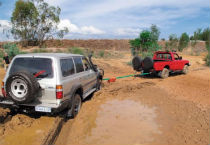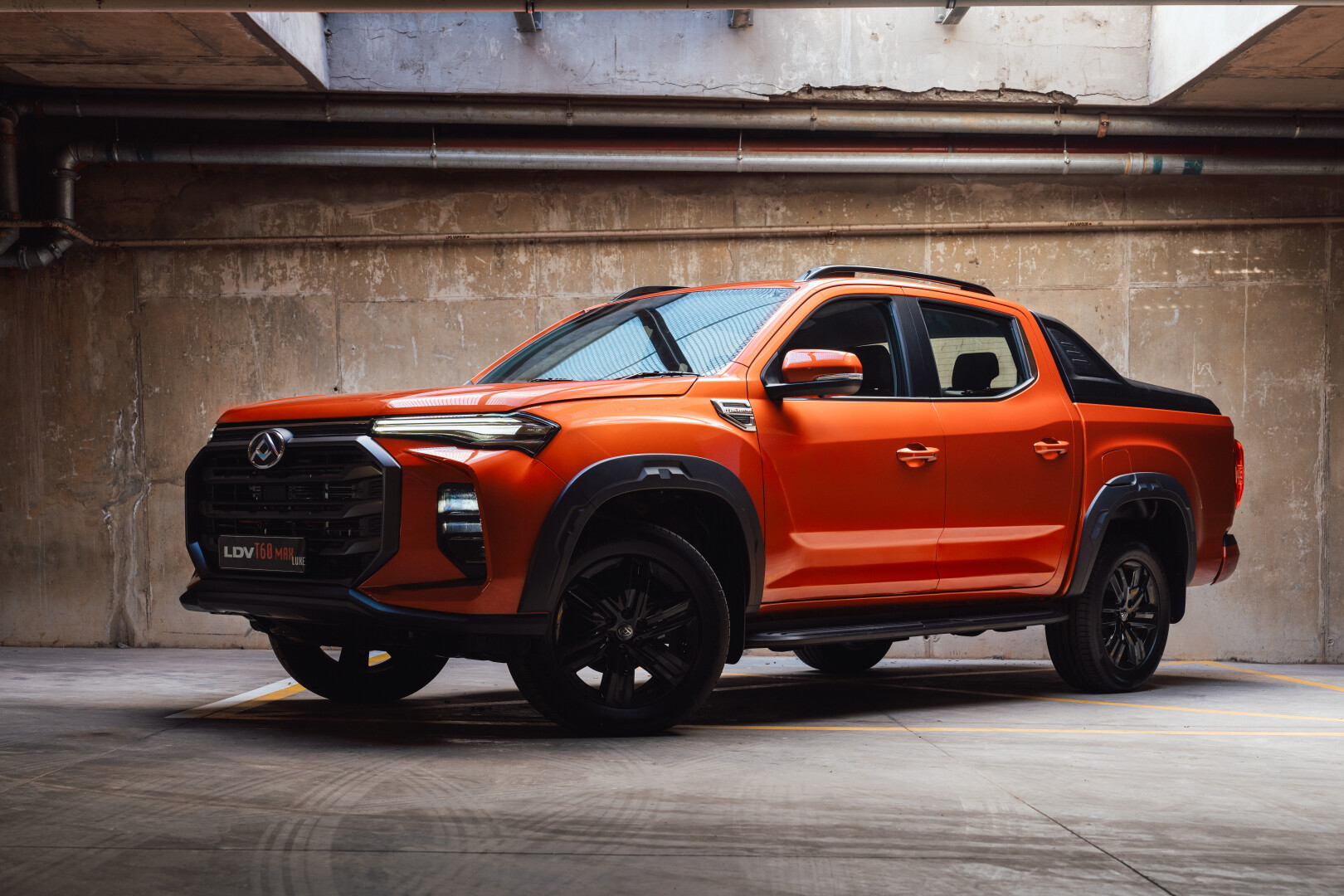Part four of an extract from All-Terrain Tactics by Glyn Demmer.
RECOVERY
Essential to recovery are the items of equipment needed. You should look at the route and terrain and ensure that the group travels with the appropriate equipment. In the case of recovery straps, there should be two kinetic straps of the same rating and one pull strap per three vehicles, a variety of rated alloy bow shackles and an emergency 3,5m four-ton tow strap.
You should ensure that you have adequate specialist recovery points on the front and rear of your vehicle, capable of handling the force of a recovery exercise. Their minimum breaking strain should be in excess of the strap or winch work-load limit.
Recovery kit
The extent of your recovery kit is obviously determined by budget and whether a winch is fitted. A full kit will typically comprise the following:
Jack (bottle neck, air jack or a high-lift one)
Spade (should be short and manoeuvrable, with a pointed edge)
Gloves
Shackles
Snatch block
Pull strap/winch cable extension (5-10m)
Kinetic strap (minimum 9m)
Tow strap (for long-distance towing, 3,5m length, in accordance with traffic regulations)
Drag or choker chain
Tree protector (3m)
Recovery kit bag
From a packaging point of view, it makes good sense to have all your equipment in a single bag. However, one should never place wet and dirty equipment in a bag or mix dirty equipment with other equipment, such as tools or other supplies. A good-quality recovery bag is also a multi-purpose one, which can be used as a tool bag or medical bag.
A typical bag will be made of washable Cordura fabric with eyelets to anchor gloves, breathable pockets for straps, and drainage holes in the base. The bag should also have loops for shackles and inner side-wall pockets for items such as recovery blankets.
* Get all the tricks in the book in the August issue of Leisure Wheels









